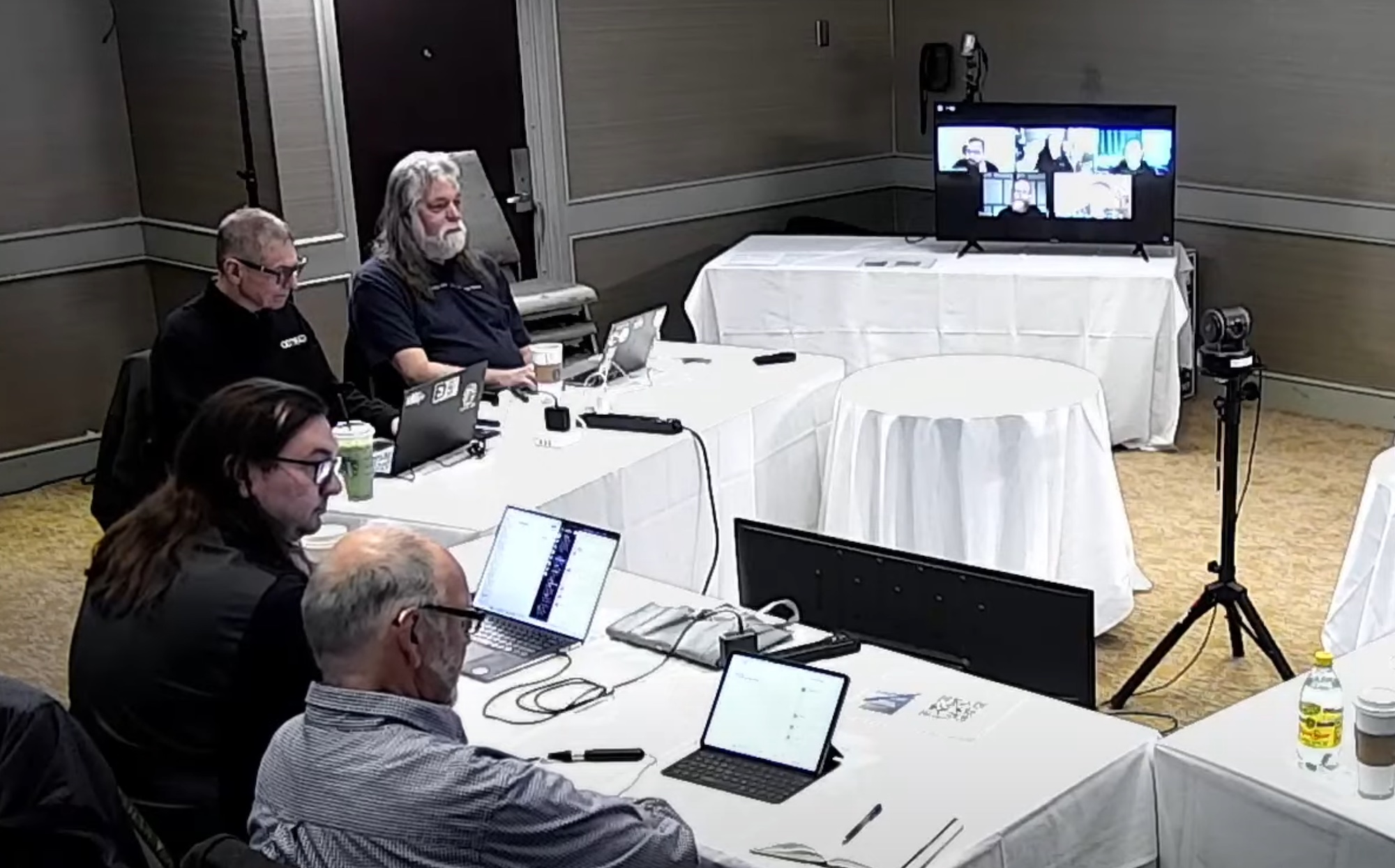I’m about to start a new series of posts discussing the whole process of Storage Management. I’m calling it the Four Pillars of Storage Management as there are 4 main components:
- SERVICE — Offering of services to business customers via a service catalog and measuring the ability to deliver to the business through KPIs and Service Level Agreements.
- OPERATIONAL — Implementation of best in class operational processes for delivering storage to customers, including provisioning, monitoring and capacity planning.
- COMMERCIAL — creating a commercial framework which shares risk with the storage vendor and ensures purchasing can be made as efficiently as possible.
- TECHNOLOGY — Selection and implementation of the best of breed technology solutions, designed and implemented to meet business requirements.
In reality, each of the Pillars could be treated as a subject in their own right, however my reason for combining them together is to emphasise that one pillar alone doesn’t support the Storage Infrastructure. They need to act together co-operatively to deliver more than the components do individually and to stop them clashing with each other.
Take a simple example. Many organisations configure their host-based software to be platform dependent. Think of the firmware, driver, HBA and MPIO stack implemented today. For EMC products, you may choose PowerPath; For Hitachi, HDLM; for IBM perhaps SDD. Using any of these software products immediately creates restrictions around the storage a host can be connected to. This makes moving between platforms more complex; it removes the ability to easily bring in another vendor and/or move data around a complex environment. By standardising on firmware/drivers/MPIO software that works with all storage in a multi-vendor environment, there’s no issue with moving data around or having a single host connected to multiple storage arrays. This then makes the purchasing question easier by removing the barriers restricting storage & server platform combinations. Vendors know that next big purchase will work across all platforms and that their technical advantage is removed.
Negotiation on price becomes more interesting and useful at that point.
I described this as a simple example; in the real world we’re moving to infrastructure towers, with vendors looking to increase their lock-in, which makes this discussion all that more relevant.
Look out for more 4 Pillars posts over the coming months.




